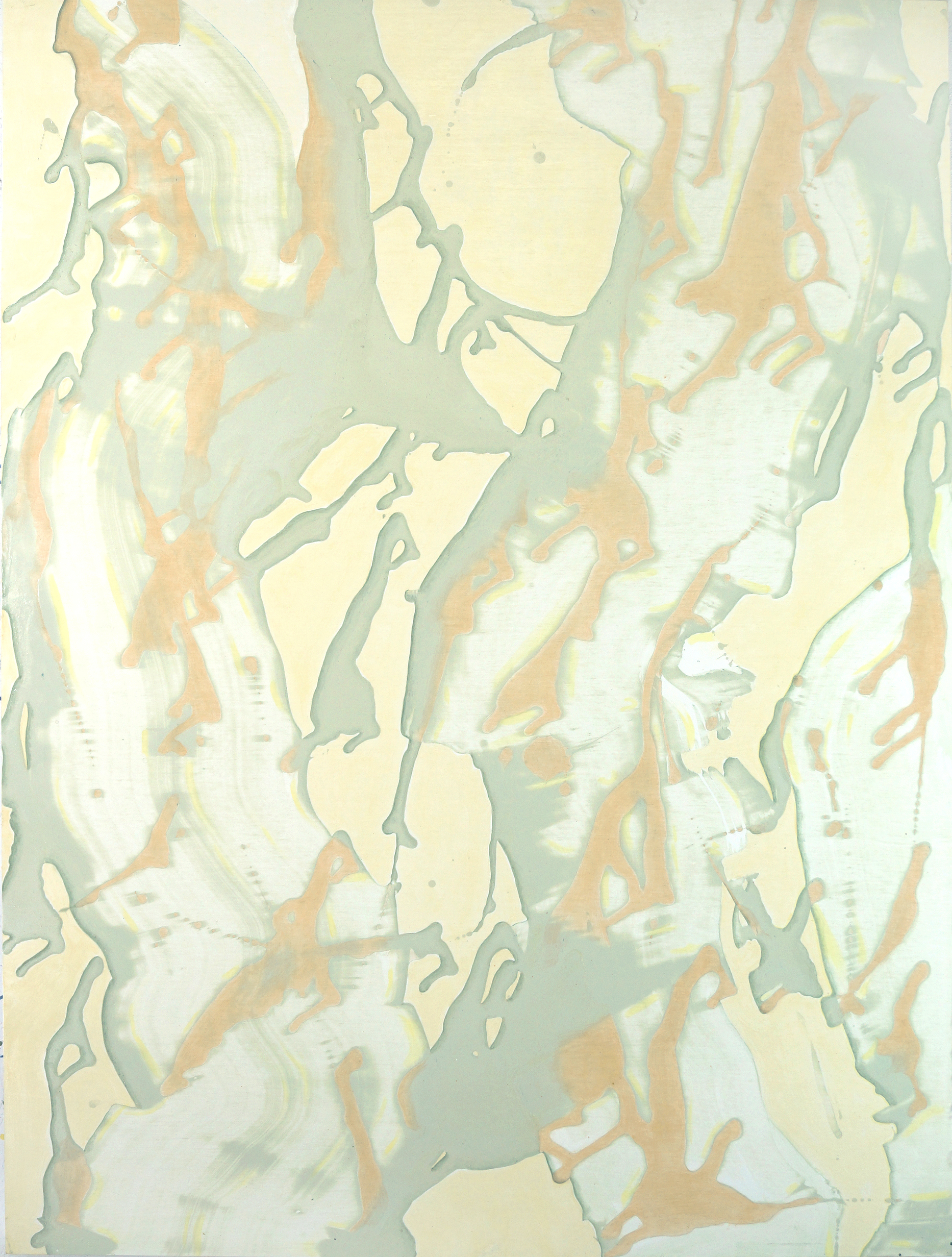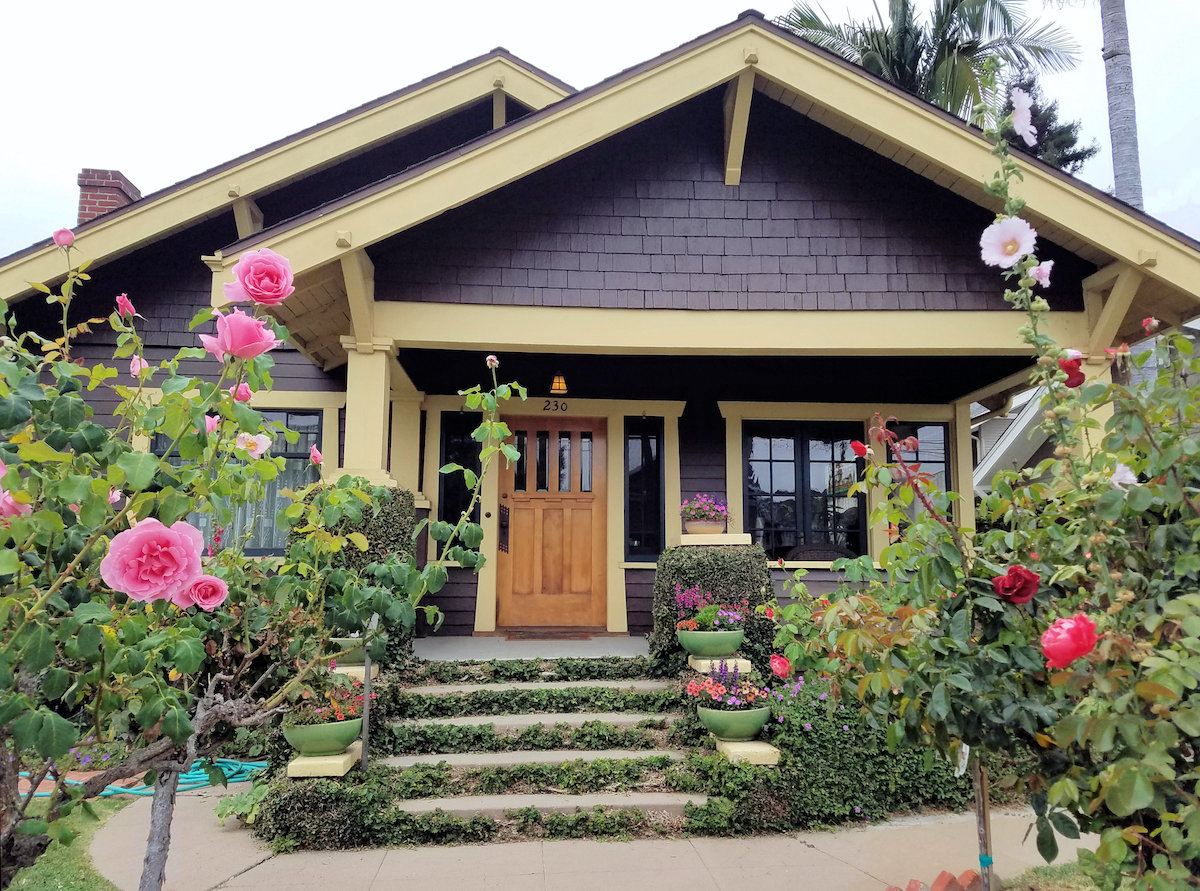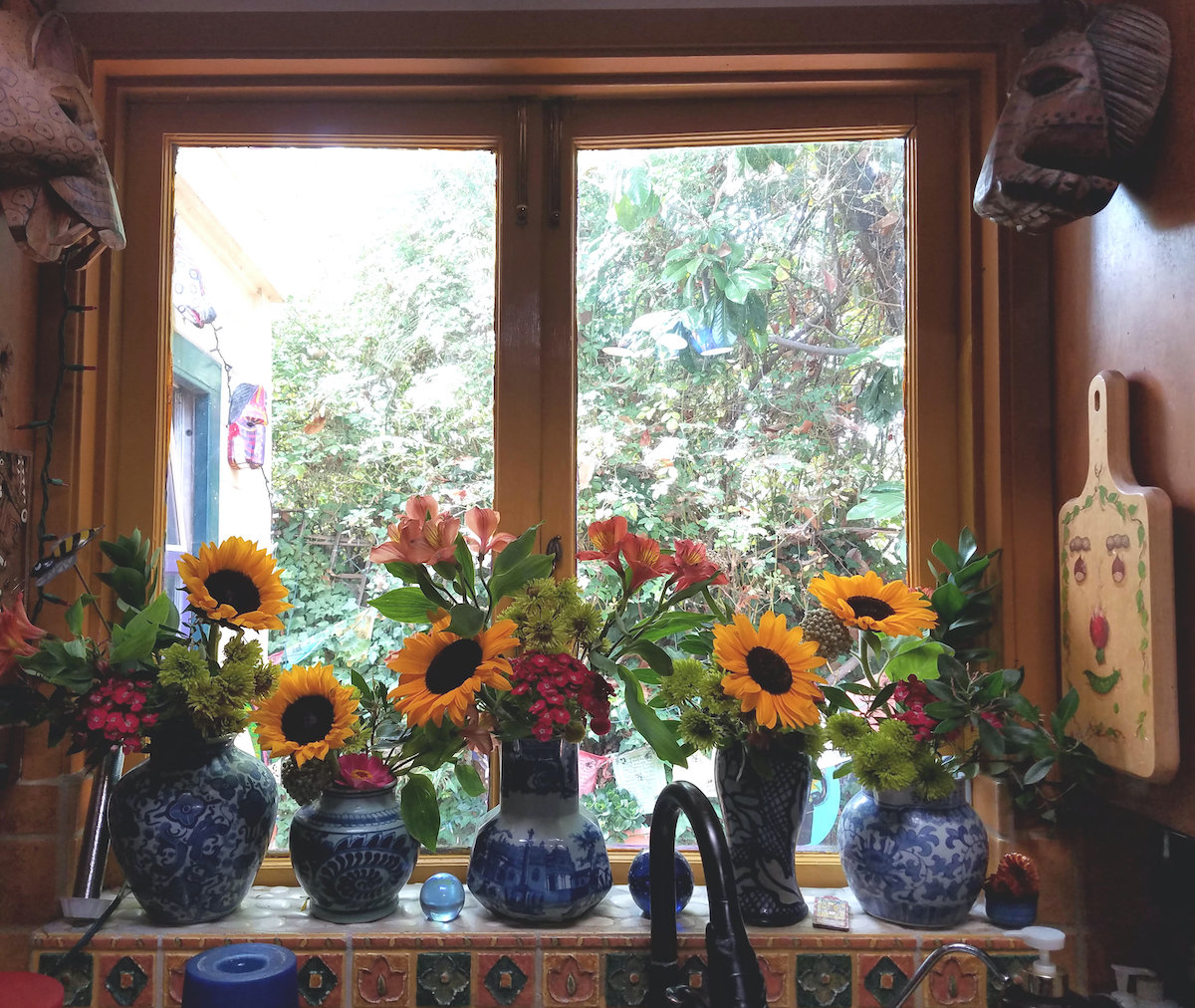July 17 - Sept 8, 2021
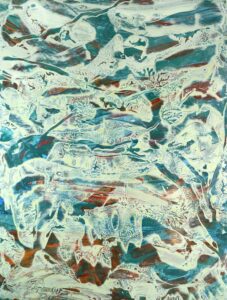
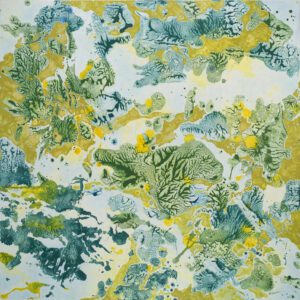
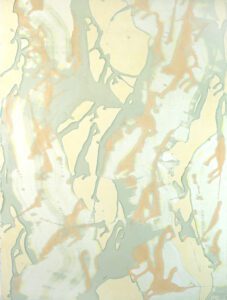
The Architectural Foundation of Santa Barbara is pleased to present Dancing with Paint, an intriguing exhibition of new paintings by long-time Santa Barbara artist Marlene Struss.
The title, Dancing with Paint, contains multiple references. It conjures the sloshing, swirling, elegant movements of Struss’s painting style, which she describes as biomorphic abstract expressionism with an Asian twist. On another level, Dancing with Paint characterizes Struss’s partnership with her paintings—how the organic, structural images quickly and almost magically emerge as the artist’s hand and the paint respond to each other in bursts of coordinated, exhilarated movements. “To prepare for those special moments of focused inspiration,” says Struss, “I spend much time and deliberation on my choices of harmonious colors, paint viscosity and unusual applicators (including yarn, balloons, plastic forks, acetate, rags, you name it)—but it’s dancing around the studio that really primes me and seems to be an essential part of my painting process.”
Marlene Struss graduated from UC Santa Barbara in 1973, where she studied drawing with Howard Warshaw, painting with Irma Cavat, and printmaking with Bruce McCurdy. She subsequently spent many years developing a unique style of abstract collage, for which she was awarded the Independent Artist Award for Assemblage in 2004 from the Santa Barbara Arts Fund. After a brief but significant stint with digital painting, she then turned to acrylic painting on panel to increase spontaneity and decrease limitations, to enliven the work with surface texture, and work more physically. More information and past and present artworks by Struss can be seen at www.marlenestruss.com.
The Architectural Foundation of Santa Barbara has been dedicated to expanding our community’s appreciation of the built environment since 1983. The AFSB Gallery is located in the historic Acheson House at the corner of Garden and East Victoria Streets in Santa Barbara. Regular gallery hours are Saturdays from 1:00 to 4:00 pm and weekdays by appointment.

